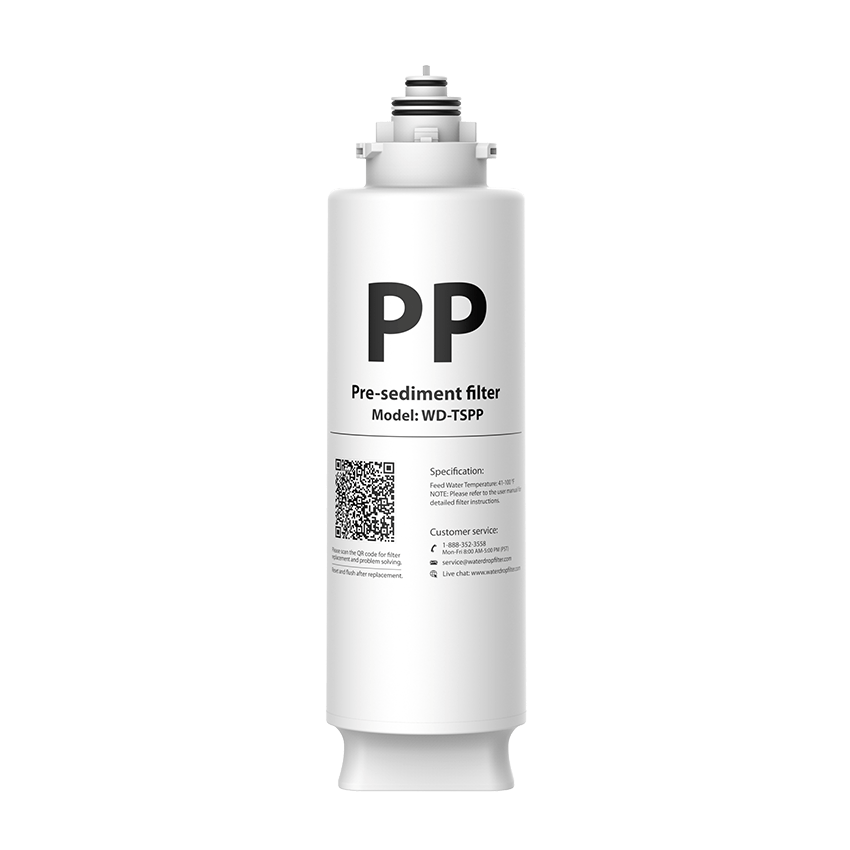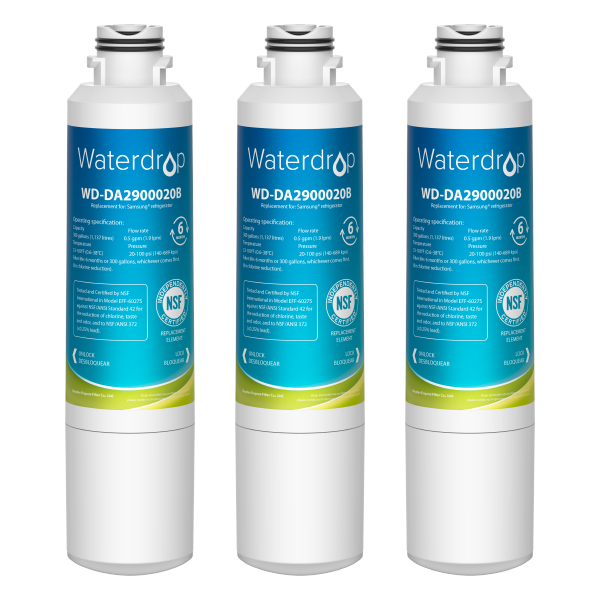What Is a Reverse Osmosis Water Filter and How Does It Work?
by Dr. Jonathan Doyle - Updated February 06, 2025
Clean drinking water is essential for every household in Australia. With concerns about tap water quality, many Aussies are turning toreverse osmosis (RO)
water filtersas a reliable solution. But what exactly is areverse osmosis water filter, and how does it work?
If you’re considering installing one in your home, this guide will explain everything you need to know, from howRO filtrationworks to its benefits and
whether it’s the right choice for you.
What Is a Reverse Osmosis Water Filter?
A reverse osmosis water filter is afiltration
systemdesigned to removeimpurities, contaminants, and dissolved solidsfrom water. It uses asemi-permeable membraneto separate unwanted particles, ensuring
that onlyclean, pure waterpasses through.
These systems are commonly used in Australian homes, particularly in areas where tap water may have a high concentration ofchlorine, fluoride, heavy metals,
and other impurities.

Key Components of a Reverse Osmosis System
A typicalRO filtration systemconsists of several key parts:
- Pre-Filters : These remove larger contaminants like sediment, rust, and chlorine before water reaches the RO membrane.
- RO Membrane : The heart of the system, this ultra-fine filter removes dissolved solids, bacteria, and other microscopic impurities.
- Post-Filters : These final filters improve taste and remove any remainingodorsbefore the water is dispensed.
- Storage Tank : Since RO filtration is a slow process, filtered water is stored in a tank until needed.
- Faucet : The clean water is dispensed through a dedicated tap, usually installed on the kitchen sink.
How Does a Reverse Osmosis Water Filter Work?
Reverse osmosis works byforcing water through a semi-permeable membrane,leaving behind contaminants and allowing only purified water to pass through. Let’s
break down the process step by step.
Step 1: Pre-Filtration
Before water reaches the RO membrane, it goes throughpre-filters, which help remove:
- Sediment (dust, dirt, rust)
- Chlorine (which can damage the RO membrane)
- Other larger particles
This step ensures that the RO membrane doesn’t get clogged or damaged by larger debris.

Step 2: Reverse Osmosis Filtration
In this stage, water is pushed through thesemi-permeable membrane, which acts like an ultra-fine sieve, removing:
- Dissolved salts and minerals
- Heavy metals like lead and mercury
- Bacteria and viruses
- Nitrates and pesticides
Since the membrane has microscopic pores, only pure water molecules can pass through, while contaminants are flushed away as wastewater.
Step 3: Post-Filtration
Before the purified water reaches your tap, it passes through a finalcarbon filter,which removes any remainingodorsor tastes, ensuring your water is fresh
and clean.
Step 4: Storage & Dispensing
Because RO filtration is slow, the purified water is stored in a tank until it’s needed. When you turn on the dedicated RO faucet, you get instant access
toclean, purified drinking water.

Benefits of a Reverse Osmosis Water Filter
Many Australians are choosingreverse osmosis water filtersfor their homes because of theirsuperior filtration capabilities. Here’s why an RO system might be
a great choice for your household:
Removes Harmful Contaminants
RO filtration eliminatesup to 99% of contaminants, including heavy metals, chlorine, fluoride, bacteria, and pesticides. This makes it a safer option
than standard water filters.
Improves Taste & Odour
Many Aussie households notice that tap water has achemical taste or odour. RO filters remove these unpleasant elements, leaving you withfresh-tasting,
odour-freewater.
Saves Money Compared to Bottled Water
If you buy bottled water, an RO system can s ave you moneyin the long run. Instead of constantly purchasing water, you getunlimited filtered
waterstraight from your tap.

Environmentally Friendly
Using an RO system means fewerplastic water bottlesending up in landfill, making it an eco-friendly choice for Aussie families.
Better for Cooking & Appliances
Filtered water enhances the taste of coffee, tea, and cooked food. It also preventsmineral build-up in kettles and coffee machines, extending their
lifespan.
Are There Any Downsides to Reverse Osmosis?
Whilereverse osmosis water filtersoffer excellent purification, there are a few factors to consider:
Removes Healthy Minerals
RO filtration removesboth harmful contaminants and beneficial minerals, like calcium and magnesium. However, some systems include aremineralisation filterto
restore these minerals.

Wastes Some Water
During the filtration process, some water is flushed away as wastewater. However, modern RO systems havewater-saving featuresthat help reduce waste.
Is a Reverse Osmosis Water Filter Right for Your Home?
RO water filters are ideal for:
- Homes withpoor tap water quality
- Families wantinghealthier, chemical-freedrinking water
- Those looking toreduce reliance on bottled water
- Households in areas withhigh chlorine or fluoride levels
However, if you’re concerned aboutmineral loss, consider analkaline or remineralisationro systemfilter.
Conclusion
Areverse osmosis water filteris one of thebest ways to ensure clean, great-tasting waterin your Australian home. It removes contaminants, improves taste,
and saves money in the long run.
If you’re looking for ahigh-quality RO system, make sure to compare different models and choose one that fits your household’s needs. With the right system,
you’ll enjoyfresh, purified waterstraight from your tap every day!
Contaminants Detected in Fruitland Water Special Service District
30
Contaminants
EXCEED EWG HEALTH GUIDELINES
EXCEED EWG HEALTH GUIDELINES
30 Total Contaminants in Your Water
Water Provider
Fruitland Water Special Service DistrictPopulation Affected
120,000Water Source
Ground waterExceeds Guidelines
Others Detected









